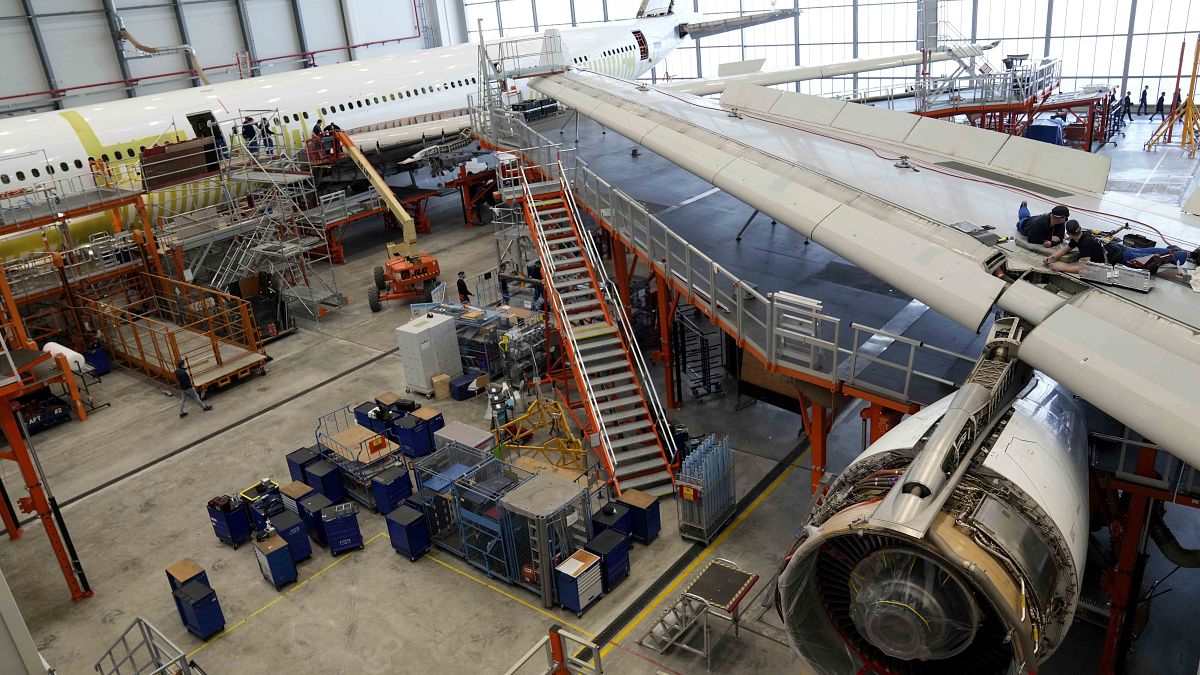Lower-than-expected demand for German manufacturing suggests dark days may still lie ahead for the country’s industry.
Germany’s factory orders were up 0.2% in February, a monthly increase that fell short of experts’ forecasts.
A Reuters poll of analysts had estimated an increase of 0.8%, whilst Bloomberg had predicted a jump of 0.7%.
According to Germany’s official statistics agency, this marginal uptick was driven by increased demand in the machinery and equipment sector (+10.7% on the previous month), and more orders within the chemical (+3.1%) and pharmaceutical (+6.6%) industries.
February’s growth figure comes after a dramatic monthly fall of -11.4% in January, although the mood in Germany is not yet celebratory.
Ralph Solveen, a Commerzbank senior economist, told Reuters that factory order growth was brought into positive territory this month because of a slight increase in big orders.
If these purchases are excluded, Solveen says results are down 0.8% on the month.
Looking at quarterly differences, Germany’s statistics agency said that if large-scale orders are excluded, new orders are down 2.0% in the period from December 2023 to February 2024, compared with the three months prior.
If big orders are included, the quarterly gain came in at 2.8%.
Although the rest of Europe is also stagnating under high interest rates, Germany is doing particularly badly.
The country’s economy shrank by 0.3% in both the fourth quarter and over the whole of 2023, making it last year’s worst performing major economy on a global scale.
Looking ahead, the country is expected to enter another technical recession in the first quarter of 2024.
Elsewhere in Europe, France and Spain both recorded increases in industrial production on Friday.
France recorded a 0.9% monthly rise, following a decrease of -1.5% in January, and Spain saw a 0.7% monthly increase, beating January’s figure of 0.6%.




